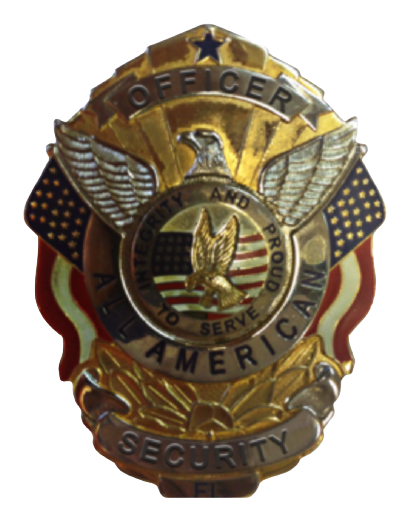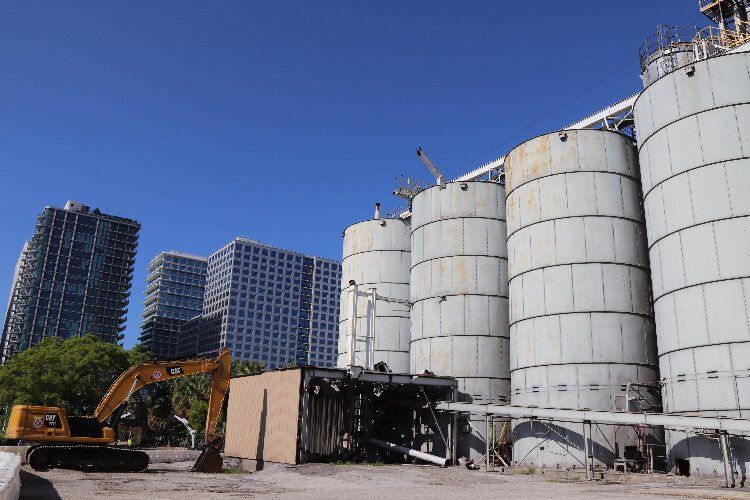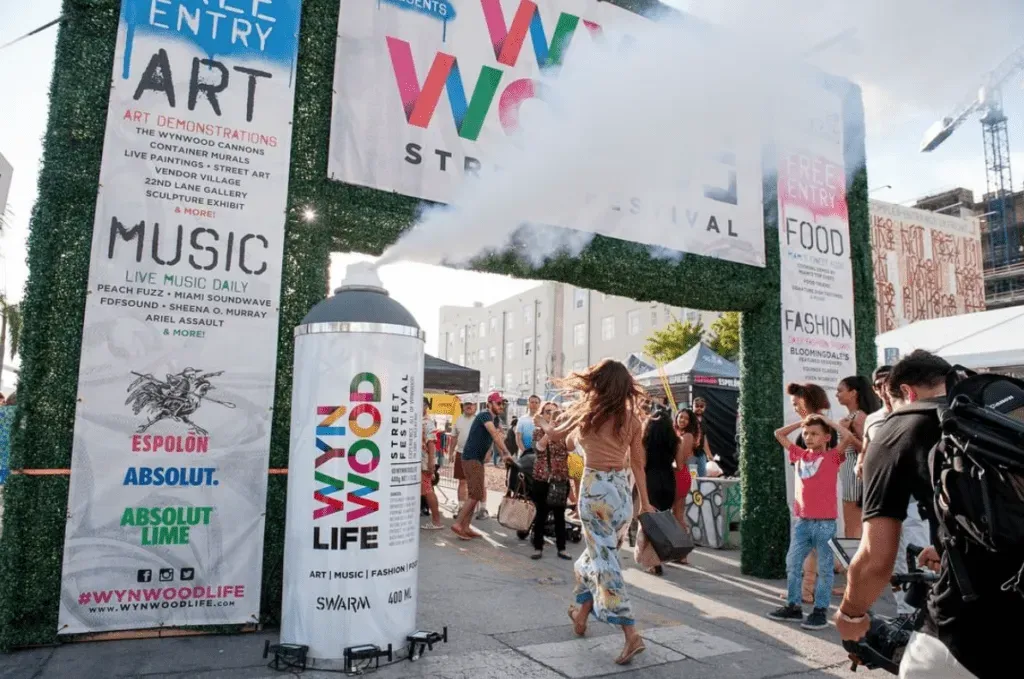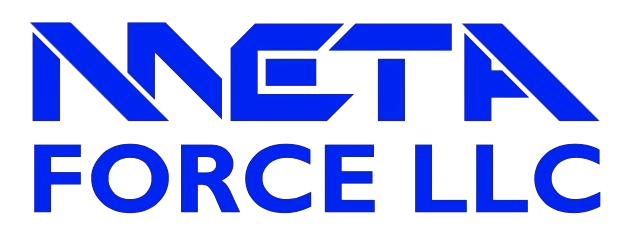Understanding the Crucial Role of Security Guards in HOAs
Introduction
Homeowner Associations (HOAs) are unique entities that play a vital role in maintaining the quality and safety of residential communities. One of the key elements in ensuring this safety and orderliness is the presence of dedicated security guards. Their responsibilities extend far beyond mere surveillance, contributing significantly to the well-being and peace of mind of residents. In this article, we delve into the multifaceted roles and responsibilities of security guards within HOAs, highlighting why they are indispensable to these communities.
1. Vigilant Surveillance
A primary responsibility of security guards in HOAs is maintaining vigilant surveillance. This involves regular patrols, both on foot and using various modes of transport like cars, Segways, and electric vehicles. Through their presence and watchful eyes, they deter potential criminal activities and ensure the safety of residents. Their ability to quickly identify and respond to suspicious activities is crucial in preventing incidents before they escalate.
2. Reporting and Documentation
Security guards are trained to observe and report. This means that any unusual activity, be it a minor infraction or a potential security threat, is meticulously recorded and reported to the relevant authorities. Utilizing real-time online reporting tools, they ensure that all incidents are logged accurately and promptly, which is essential for effective resolution and future reference.
3. Deterrence of Illegal Activities
The mere presence of uniformed security guards serves as a powerful deterrent to criminal activities. Potential wrongdoers are often dissuaded from targeting a property when they see it is under the watchful eye of professional security personnel. This visual presence is a critical aspect of maintaining a secure environment within the HOA.
4. Protection of Residents and Property
Security guards in HOAs are responsible for the protection of residents, staff, and visitors, as well as the property itself. This includes safeguarding premises, personal belongings, equipment, and facilities. Through proactive patrols and checkpoint scanning, they ensure that all community assets are secure and undisturbed.
5. Ensuring Safety and Compliance
Apart from security, guards are also tasked with ensuring that safety protocols, rules, and procedures are followed. This includes adherence to health guidelines, such as wearing masks and other protective gear to prevent the spread of illnesses like COVID-19. Their role in enforcing compliance and promoting safe practices cannot be understated, especially in communal living environments.
6. Emergency Response and Assistance
In the event of an emergency, be it a medical issue, a fire, or any other crisis, security guards are often the first responders. They are trained to handle such situations with composure and efficiency, providing immediate assistance and coordinating with emergency services to manage the situation effectively.
7. Building Community Relationships
An often overlooked aspect of a security guard's role in an HOA is their contribution to building community relationships. By interacting with residents and staff, they foster a sense of trust and familiarity, which is integral to creating a cohesive and friendly community atmosphere.
Conclusion
The role of security guards in Homeowner Associations is comprehensive and multifaceted. Their presence not only ensures the physical security of the property and its residents but also contributes to the overall sense of community and well-being. At All American Securities, we understand the importance of this role and are committed to providing HOAs with highly trained, professional security guards who are equipped to handle the diverse challenges of community living. By entrusting your HOA’s security to our team, you are ensuring a safer, more secure










